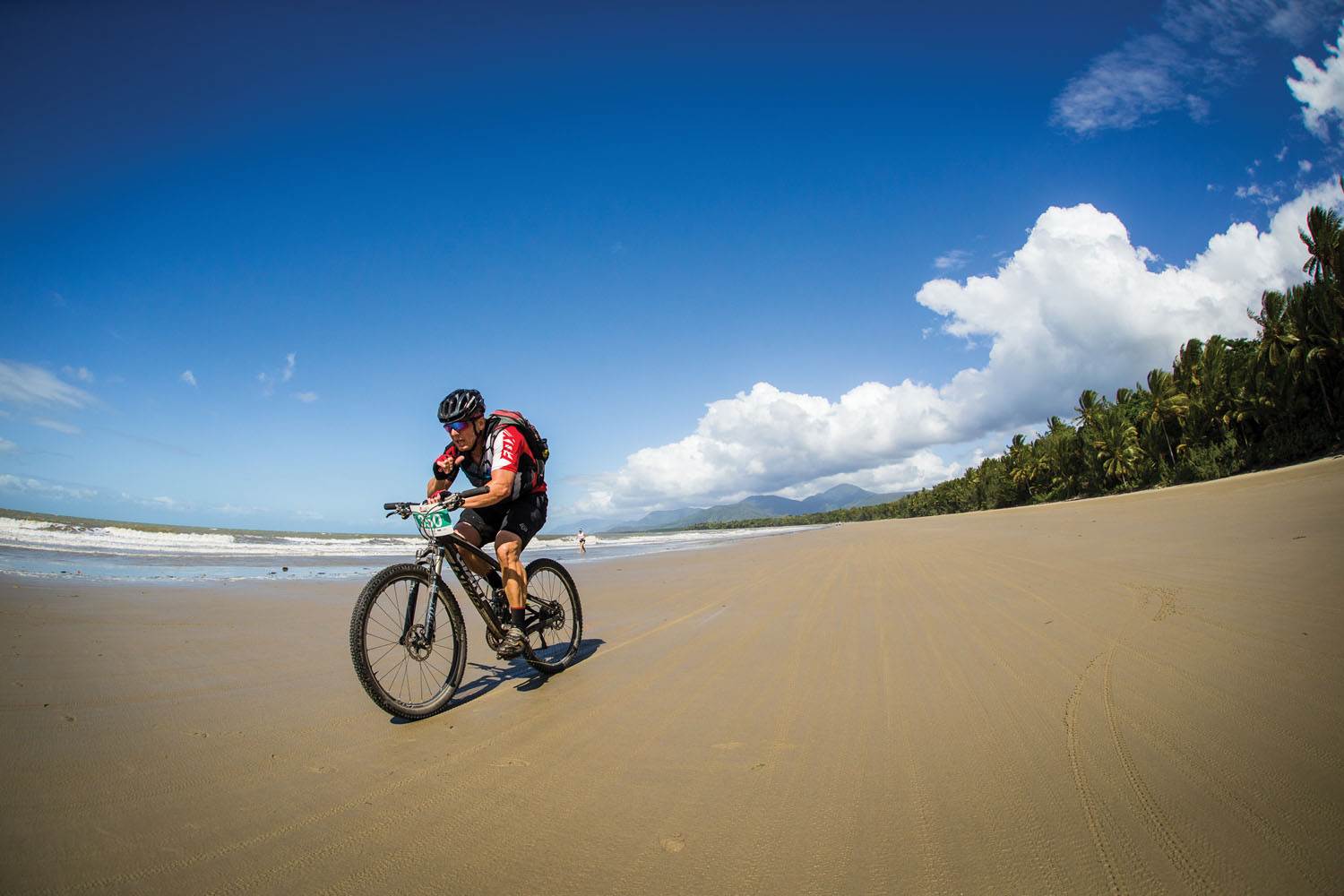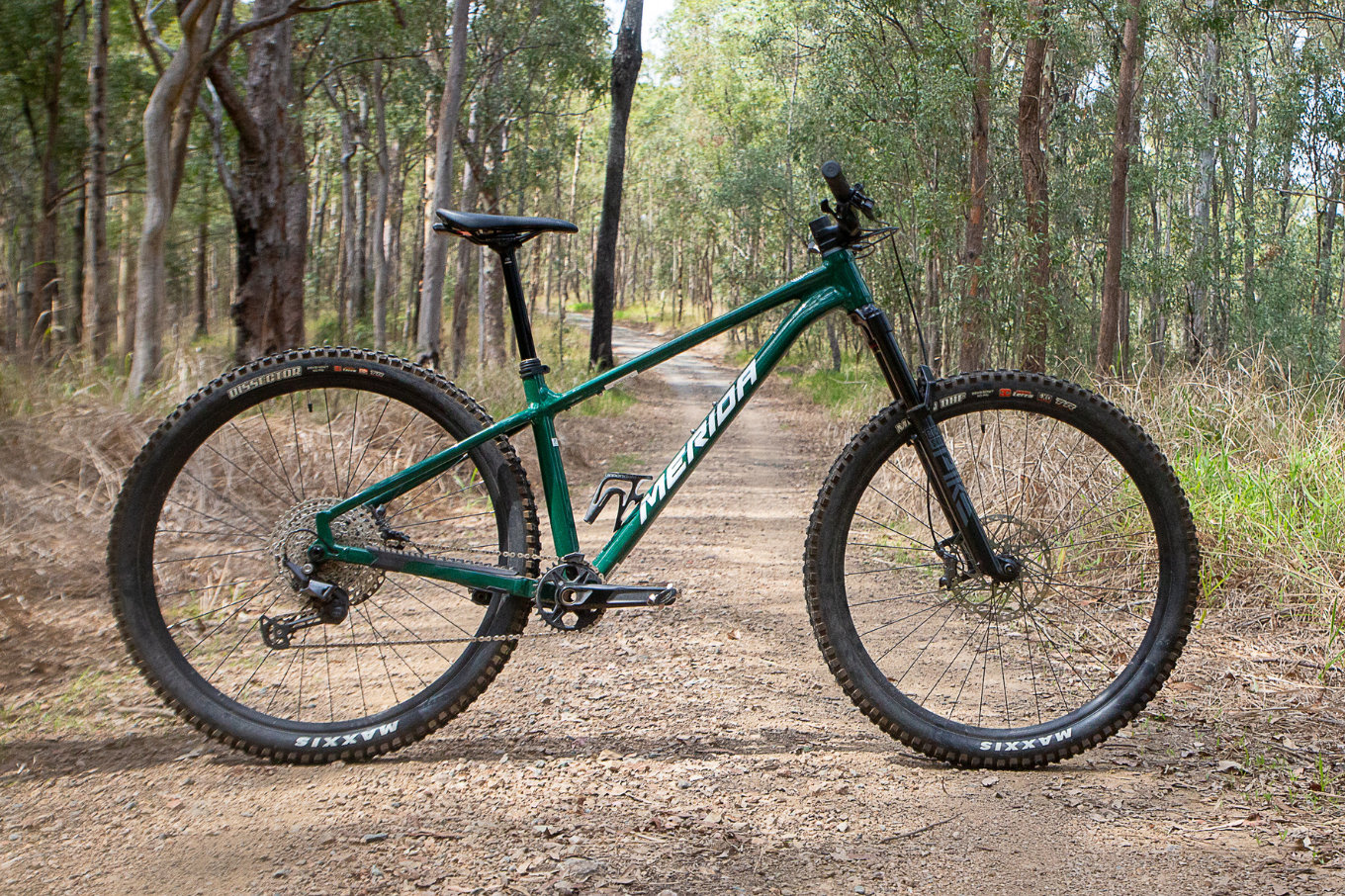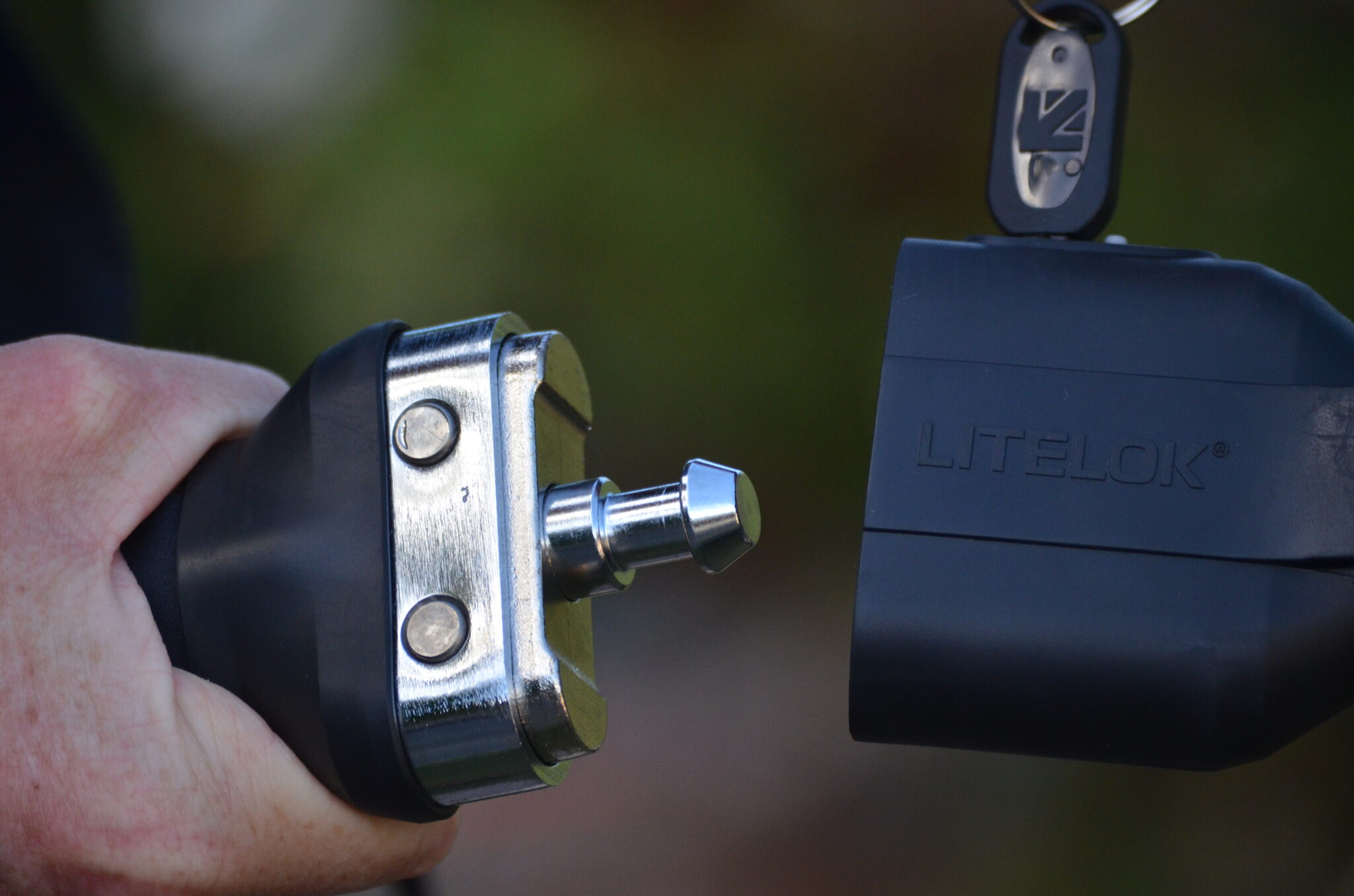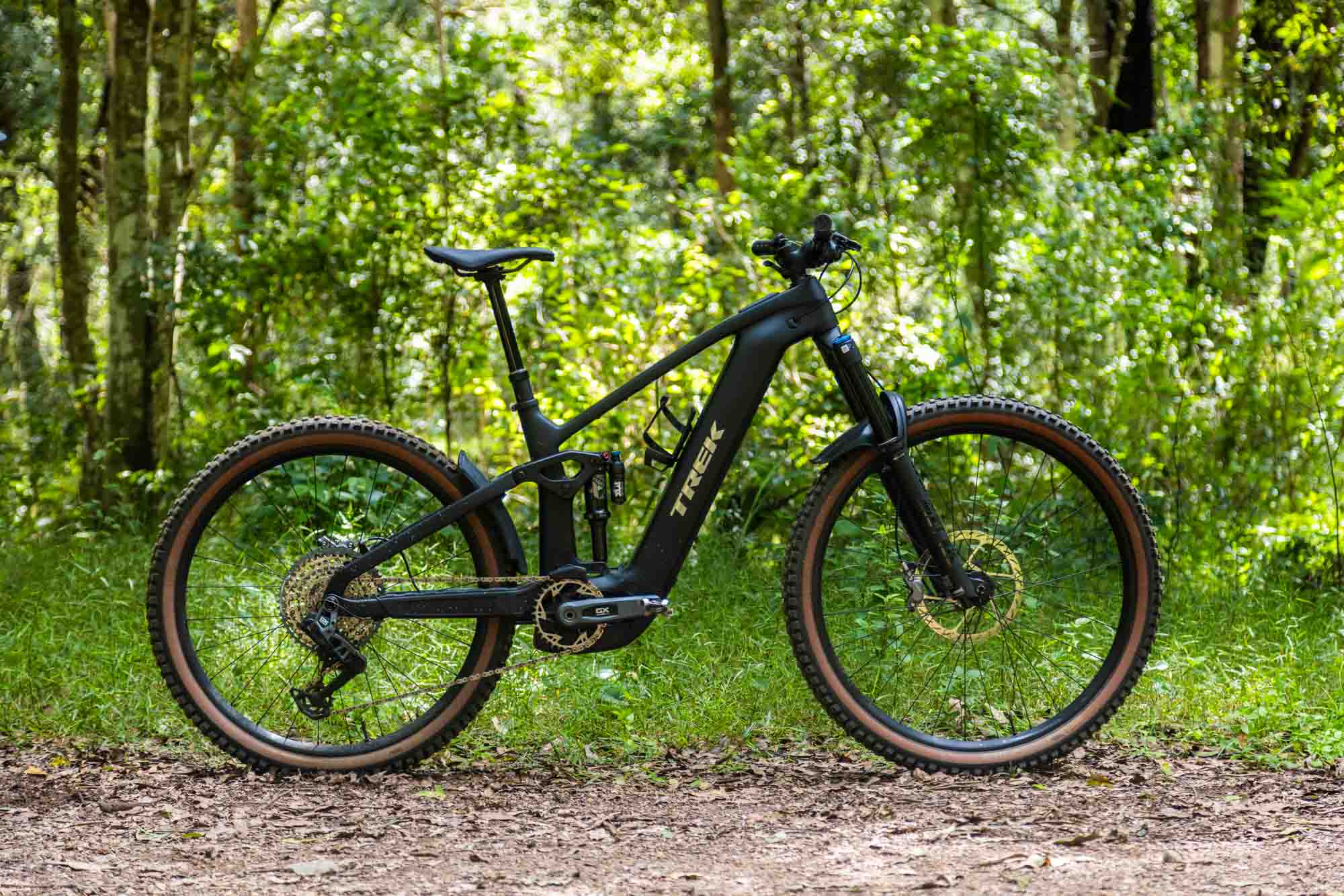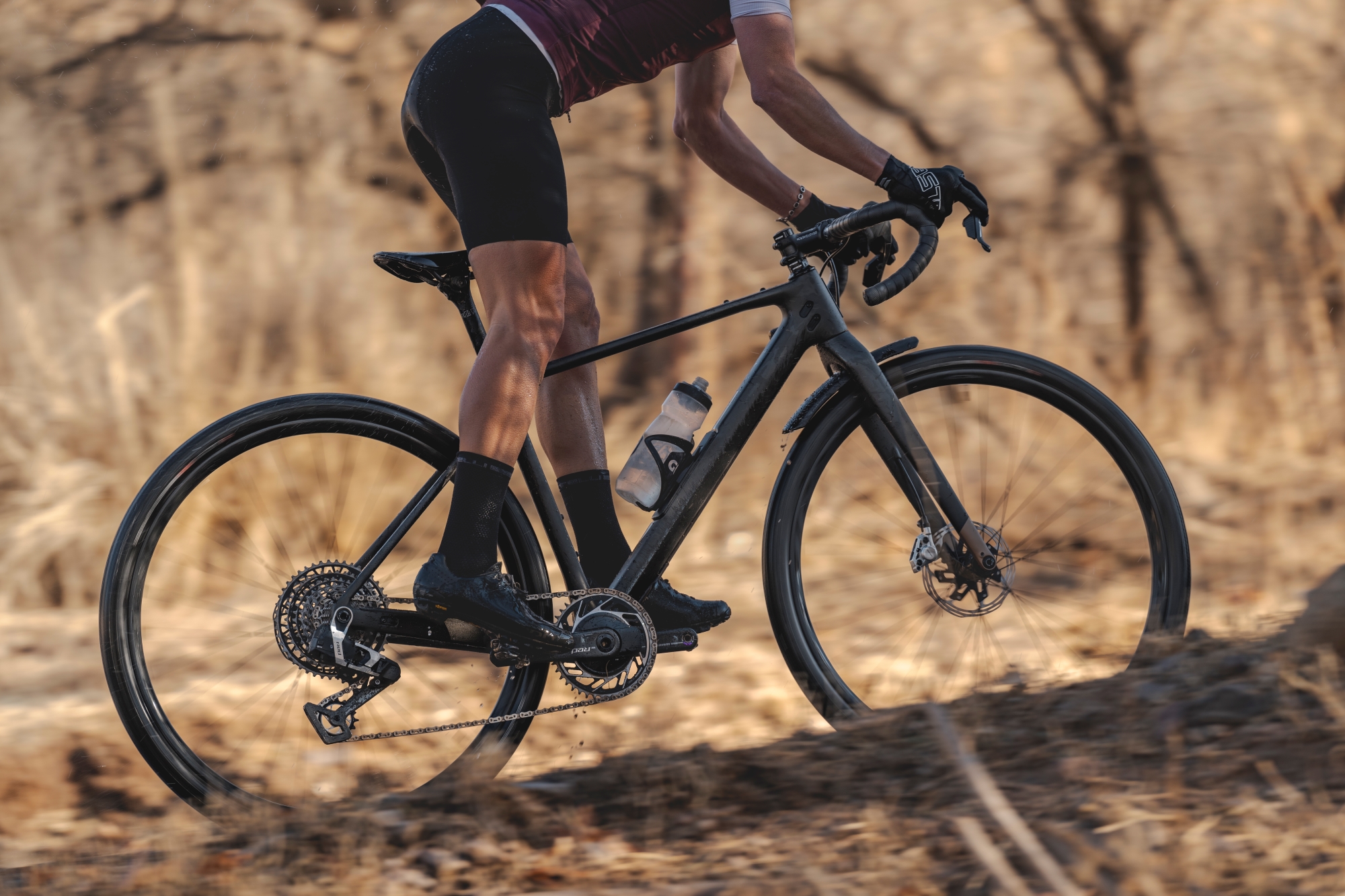Go Troppo! Racing the iconic RRR
Celebrating its 27th consecutive year, the RRR (Rural, Rainforest & Reef) is Australia’s oldest point-to-point mountain bike event - and the biggest on the Far North Queensland off-road calendar.
Words: William Bird Photos: Tim Bardsley-Smith
From its birth in 1990 to its present format in 2017, one man has rolled beside it, guiding it, shaping it and (on occasion) rebuilding it. With an extensive background in cycling (including countless UCI appointments around the globe, and a lengthy role as Race Director of the RRR), Peter Blakey is that man.
Want to race the RRR? Get all the RRR details here.
“There was a guy from Mossman, Dave Olsen, who said to Glen (Jacobs) and I that there was a ride the Mossman Crew used to do from up near Mt Molloy, through Wetherby Station Road and down the Bump Track. So we met him up there one day (in 1990) and, during the course of the ride, discussed what it was and how it would make an awesome race. It was rural. There was rainforest. There was a beach. So within about 15 minutes of talking we had come up with the RRR.”
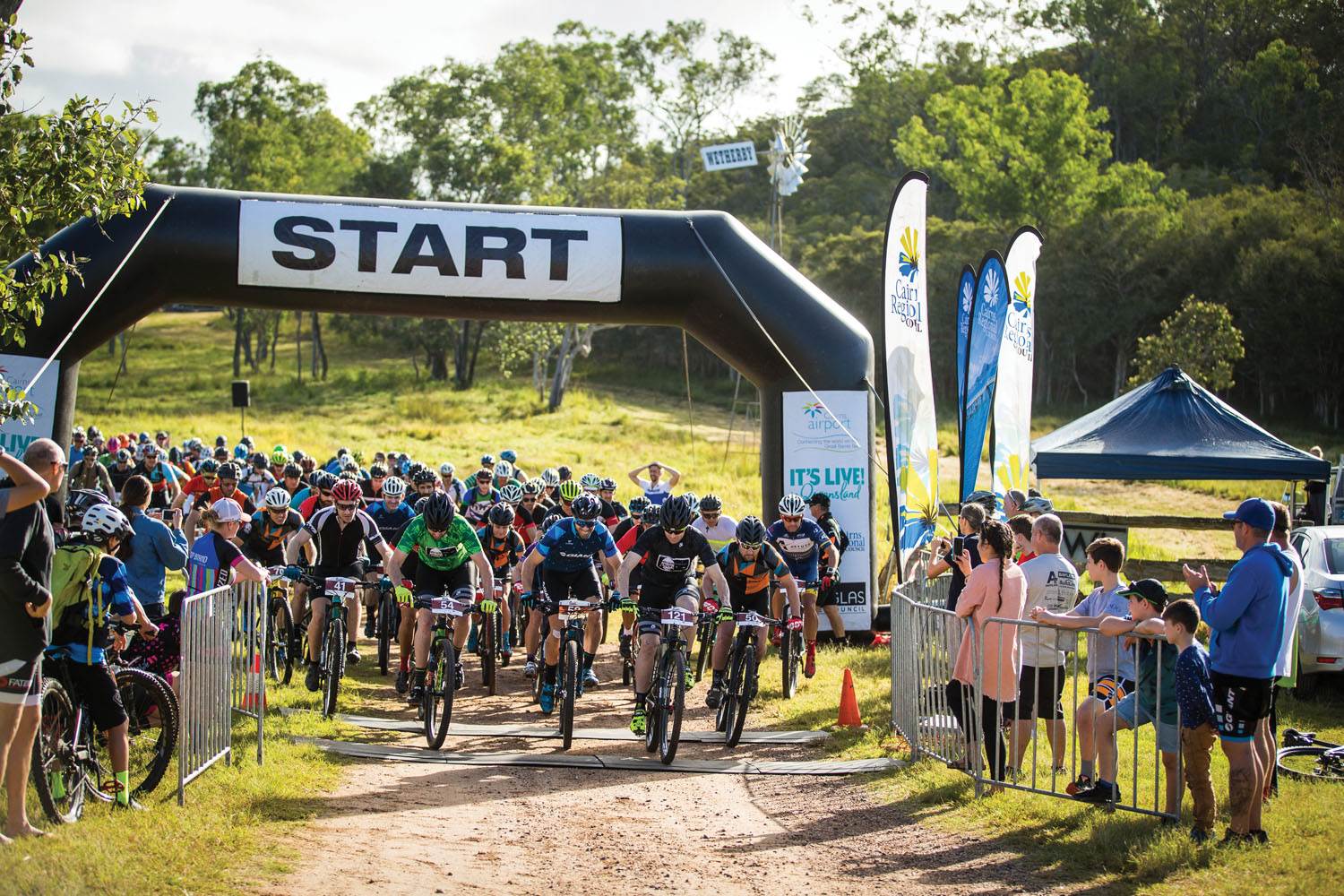
From a handful of riders doing a Le Mans start off the deck of the Mt Molloy Pub in 1991, to over 600 riders converging on Wetherby Station in 2017, the RRR has grown and evolved from a social ride to one administered by Ironman.
“For that first year (1991) there was probably about a dozen of us. There were no marshals. The idea then was that we finished at the bottom pub in Port Douglas. I don’t know even if there was anyone timing us, but there may have been someone at the finish. There were bikes coming in from all directions as there was no actual route, no course we were meant to follow – just meet at the pub at the bottom. That was the first one.
“From then it became a little more structured with a starter and timing and so on. After that first year we changed it so you had to finish along the beach (Four Mile Beach). Back in those days Port Douglas was changing so much that every year we went there we had to make a new track, find a new way to get to the beach. It was either developments going up or roads going in.”
For 22 years the RRR started in Mt Molloy until it moved 5km down the road to Wetherby Station, where it rests today. That first year from Wetherby Station in 2013 saw the inclusion of a longer 70km endurance event to satisfy riders seeking a greater challenge.
Sitting atop the Tablelands
Located on the western edge of the Great Dividing Range in Tropical North Queensland (north west of Cairns), Wetherby Station offers a tranquil event setting – think cows grazing peacefully in paddocks with butterflies floating blissfully between them.
Established in 1878, Wetherby Station operates as a sustainable beef cattle enterprise in conjunction with tourism and ecotourism.
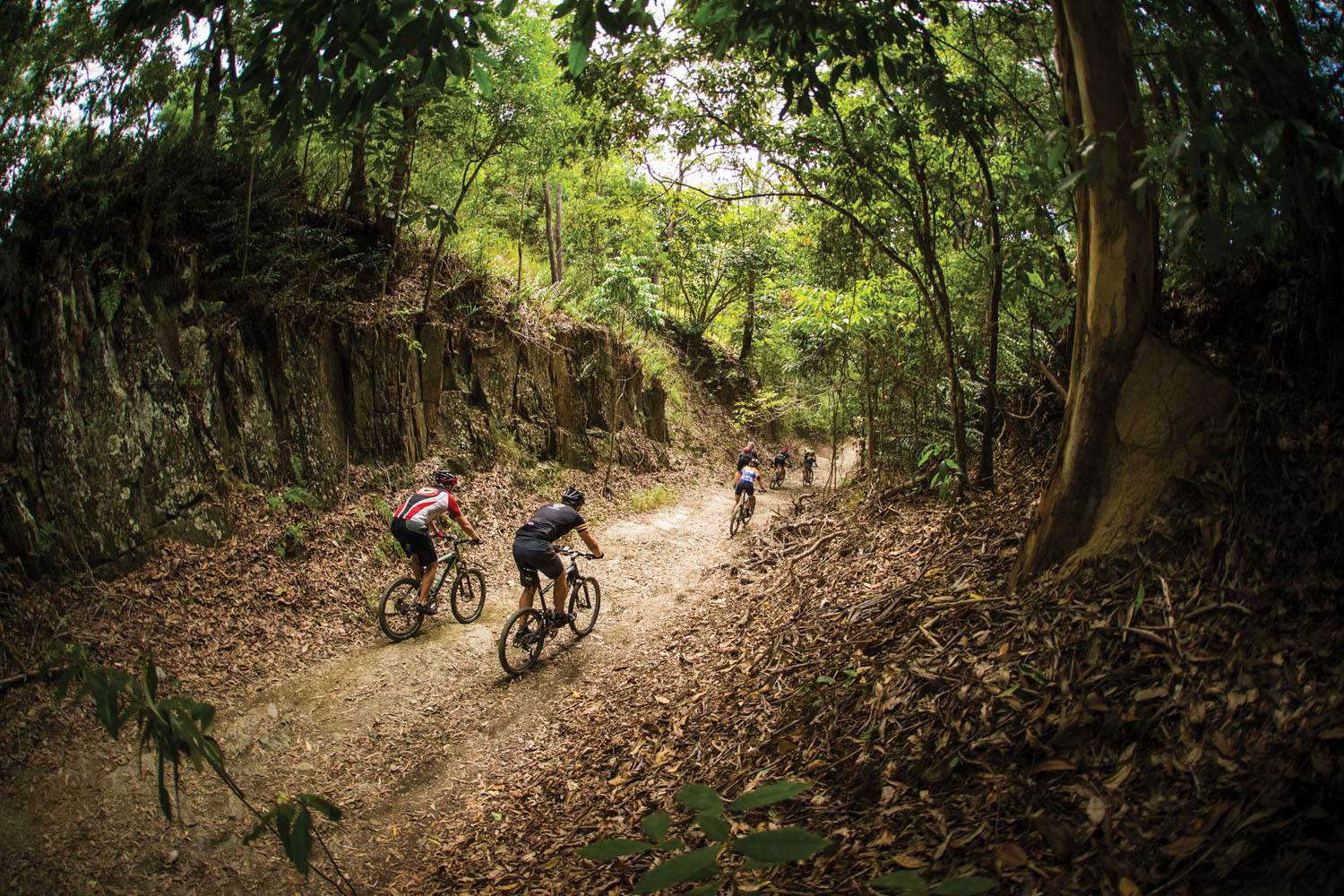
Back in the gold rush days of the 1890s Wetherby Station (or “Weatherboards” as it was then called) served as an overnight stop for prospectors travelling between Port Douglas and the Hodgkinson River goldfields along the Bump Track.
The station is generally accessed two ways; via the picturesque coastal route of the Captain Cook Highway (i.e. Palm Cove, Wangetti, Oak Beach, Port Douglas) and the Rex Range (State Route 44) at about 100km, or up the Kuranda Range and through Mareeba and Mt Molloy (National Route 1 and State Route 81) at 110km. Allow yourself about 1h30m drive from Cairns either way.
Tracing the route of the RRR
The RRR offers riders two distances; the 35km Classic and a longer 70km Endurance option.
The Classic is a direct route from Wetherby Station to Port Douglas, and largely retraces the original course; following Wetherby Road through cattle country before skirting the edge of Kuranda State Forest, then disappearing into the lush rainforest of Mowbray National Park, before descending onto the iconic 4.5km sprint along Four Mile Beach. Few can argue that the beach finish alone is a large drawcard for the event.
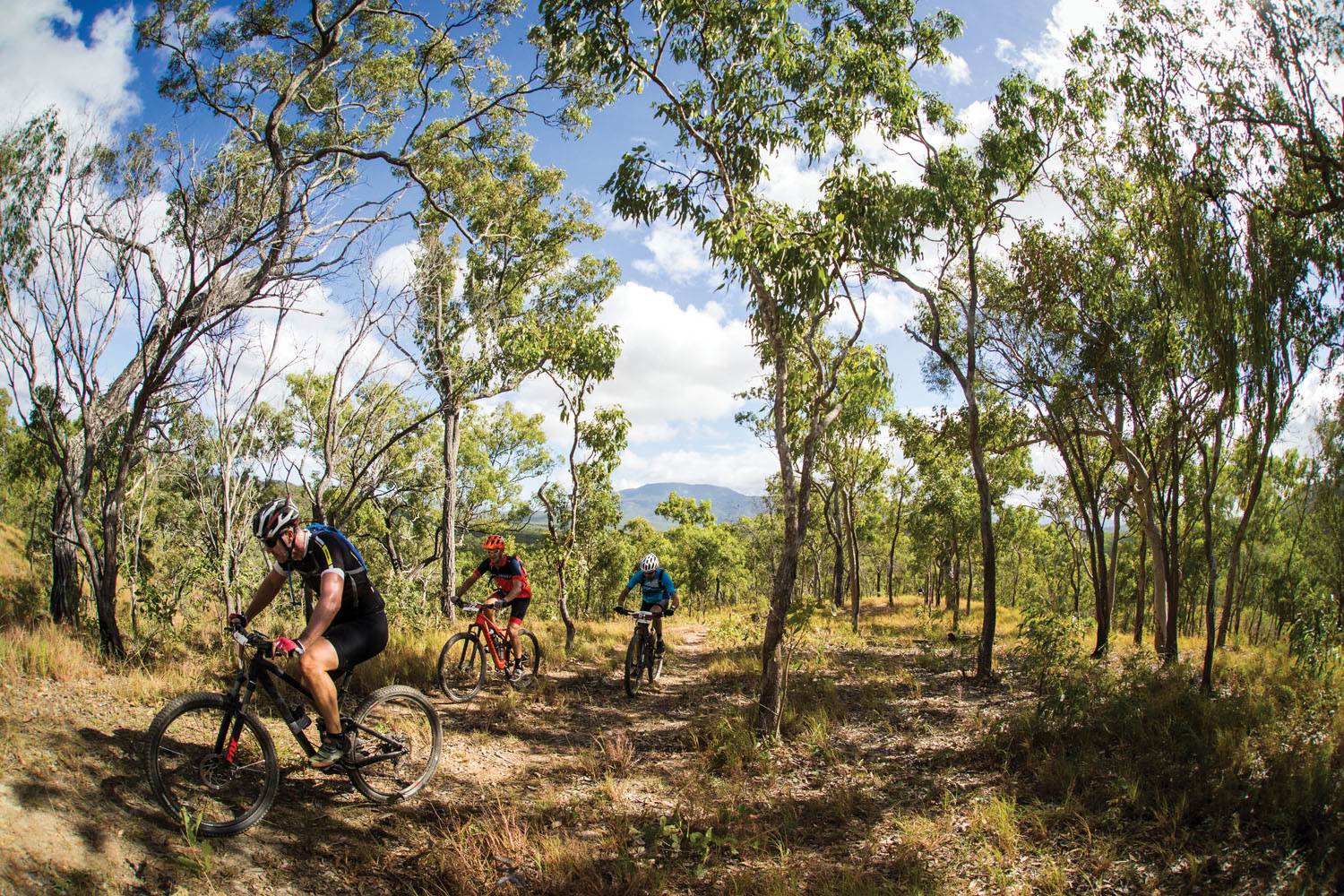
The Endurance option takes riders on a 40km adventure through part of Wetherby Station’s 4000 acres, before returning to the homestead and following the 30km route. The route is modified every year to keep it exciting.
Because the property straddles two bioregions (the Wet Tropics and the Einasleigh Uplands), Wetherby Station is home to a unique range of environments ranging from rainforest to Savannah grasslands and bush, thus providing diverse and exciting mountain biking opportunities.
Tackling the Endurance option
Being a Cairns local, I’m a little ashamed to admit that the last time I rode the RRR was back in 2010 for its 20th edition (yes, I still have the t-shirt to prove it too). I had just returned from holidaying in Europe and Scandinavia the week prior and thought it a great idea to ride it socially with friends. Back then it was only a 35km event held in October. I remember it being a very wet and slippery experience, with creek crossings full of flowing water and race officials having a difficult time at the finish trying to decipher number plates caked with mud.
Fast forward seven years and here I was, ready to tackle the 70km course in much drier June conditions. With limited knowledge of the course (and waning fitness), it was going to be an educational morning on the bike.
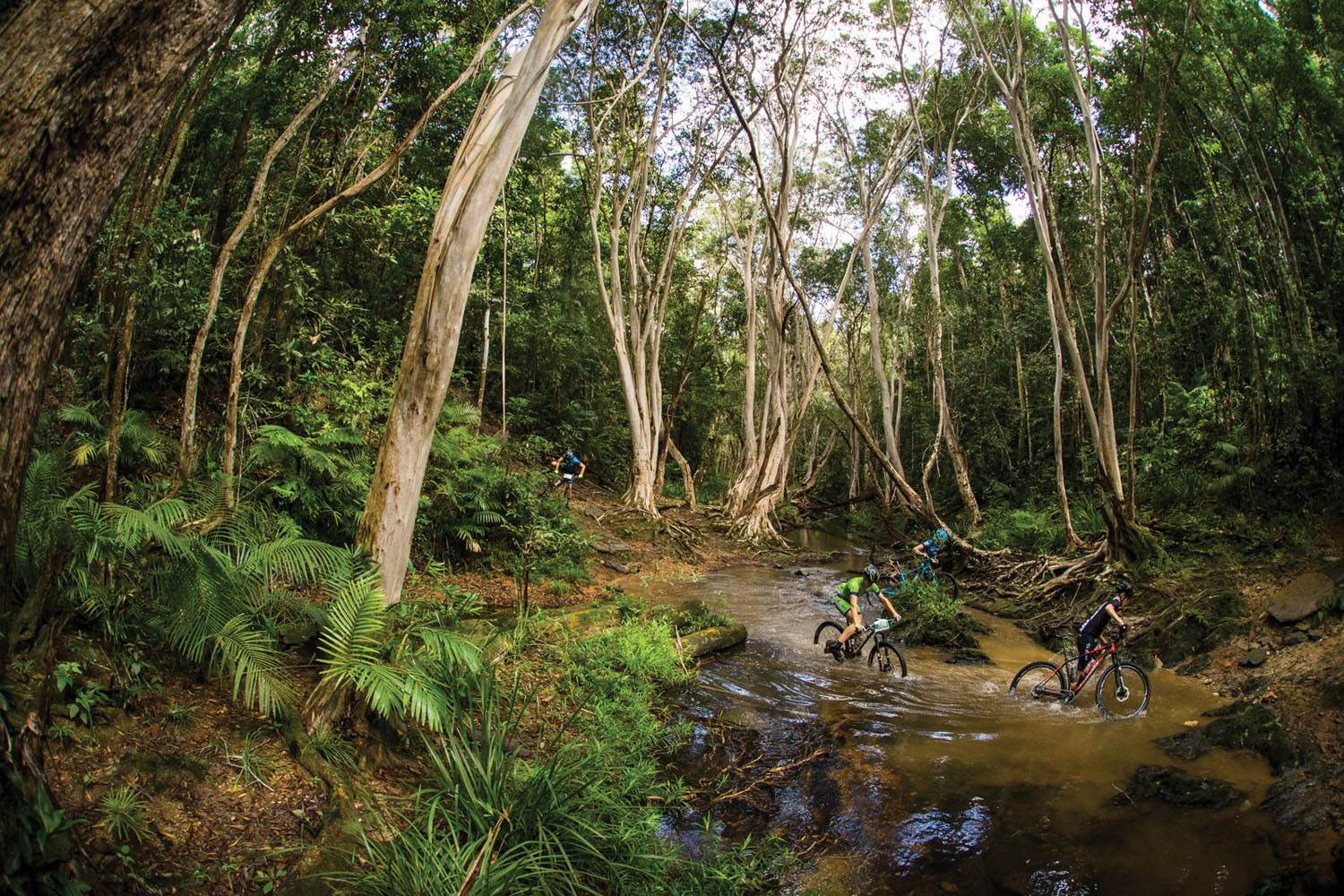
As a Race Director and Commissaire, and also knowing I was to write about my experience, I rode with a critical mind – evaluating and analysing every route marker and trail option I encountered. This mindset offered a welcome distraction to the burning sensation in my legs which accompanied me from start to finish.
The event started frantically with a 5km loop around a paddock on very good open roads to stretch riders out, before heading away from Wetherby Station. Over the next 35km we were taken on a scenic roll through eucalypt woodland, past bush campsites, up countless rocky climbs (offering stunning views I never had time to stop and appreciate), traversing sideways across a freshly scraped off-camber slope with one foot unclipped and pushing, along a historic train line that was neglected and overgrown, and complete with hike-a-bike sections through washed out creeks deeper than I predicted, as well as through well-used cattle tracks littered with fresh “obstacles”.
The enjoyment of the initial 40km was testament to Blakey’s great skill as a course designer to keep riders challenged. Where he could have taken the easy option and linked existing roads together, he instead put in the time and effort to use cattle trails and build new sections of singletrack to keep riders satisfied.
Cresting one of the bigger hills out the back of the course I came upon Peter himself, dressed in protective motocross gear, his motorbike parked behind him. Through gasping breathes I quickly praised him for his efforts before plunging precariously down the other side of the hill into the valley below (grinning ear to ear all the way).
Returning to Wetherby Station for a quick bottle change and resupply, I knew the next 30km were going to hurt… a lot. With multiple sections of long dirt road grinds before two major climbs, and descents leading into the Bump Track turn-off, there would be little time to rest and recover.
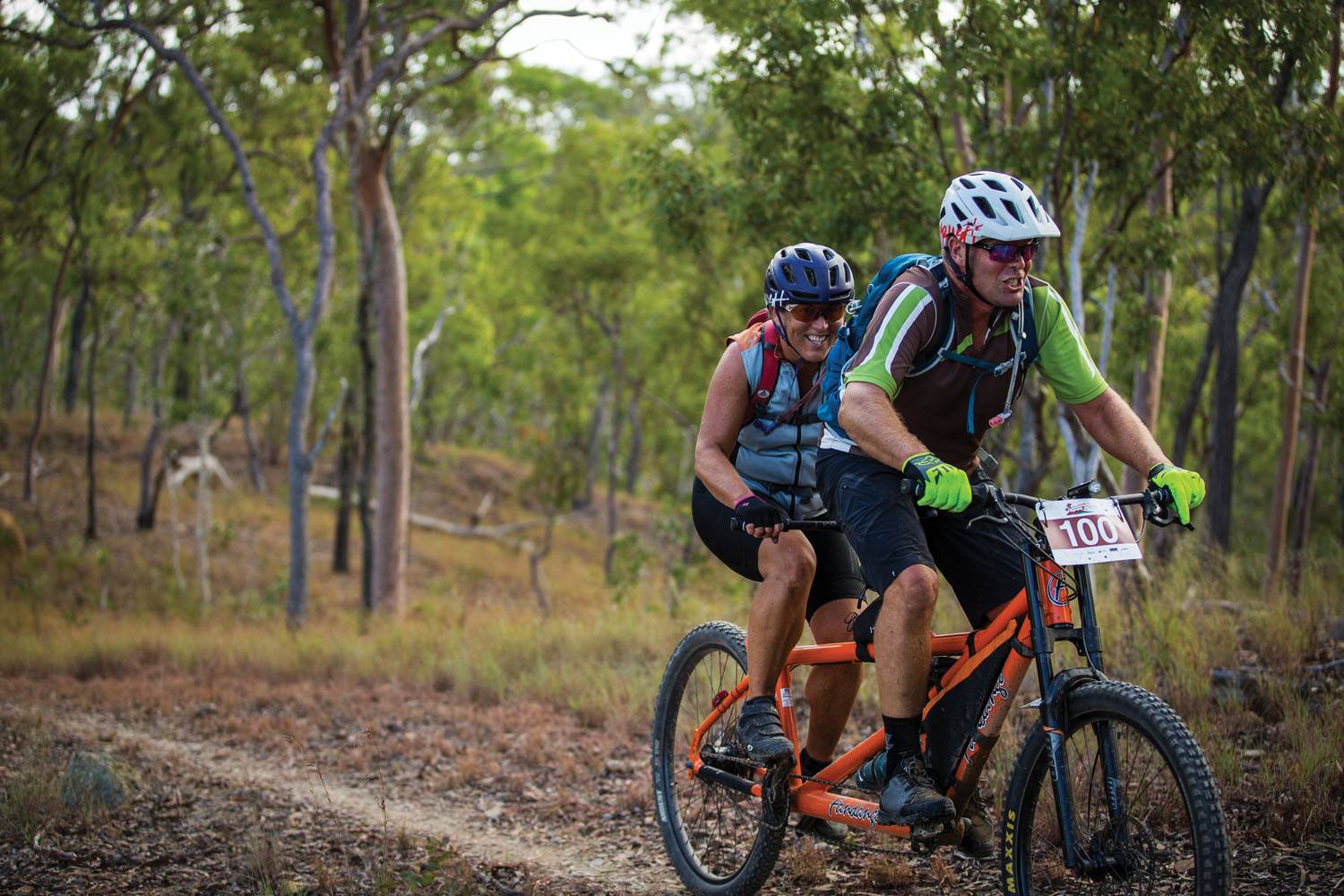
Starting at Wetherby Station with an elevation of about 393m and finishing at 35m on Four Mile Beach in Port Douglas, it doesn’t take a genius to realise there is an enjoyable drop in elevation. Most of this altitude loss is within the Bump Track’s 5.9km section at about 373m. According to Strava, the main descent of the Bump Track is about 2km long and loses 316m of elevation – the current record being 2mins 37secs at an average of 46.8kph.
An iconic experience
As its name implies, the RRR is an event that immerses you in three very distinct landscapes; open cattle country, dense tropical rainforest, and an unforgettable beach finish.
While the RRR may be the “official” event that uses this unique route, the famous Crocodile Trophy also borrows this route for their final 30km individual time-trial. As such, there is no shortage of Strava segments and Euro pros to test ones fitness and bike-handling skills against. Rumour has it there may be some significant changes coming in 2018, but all I can say that I hope to be cruising down Four Mile Beach again in 12 months time.
The Bike
For the event I rode my 2017 Norco Revolver FS, running a SRAM XX1 11sp group set with a 30T chain ring upfront.

In the days prior to the race I was handed a set of 6th Element carbon wheels to test, which I found to be ultra-stiff, lightweight and quick to engage – they were also colour-matched with orange decals to compliment my bike (thanks guys). To these gorgeous new hoops I fitted a pair of 2.2” Ardent Race 3C EXO TR tyres, a very popular choice throughout Tropical North Queensland and one I highly recommend.
One major change I made to my setup was re-fitting a Magura Vyron electronic dropper seatpost. I believe that the slight weight penalty of a dropper seatpost is justified by the time saved on the descents. Weight weenies may disagree though.
Can I ride the Bump Track?
While the RRR route does traverse private property, the Bump Track is open to ride. If you want to experience it yourself the easiest way is with a tour, or shuttle help from Bike’n’Hike Tours out of Port Douglas. They also hire bikes if you’re up for a break without your bike.
What else can I ride?
There’s lots to do in Tropical North Queensland, but the best place to start for further details would be the Ride Cairns website.

